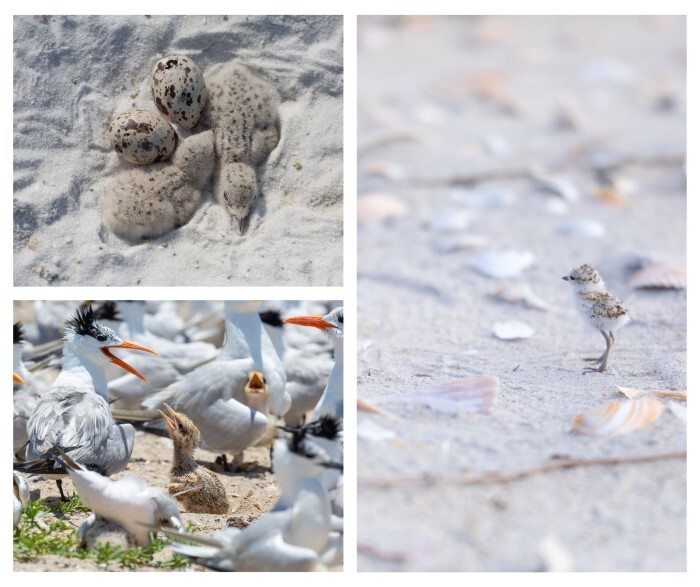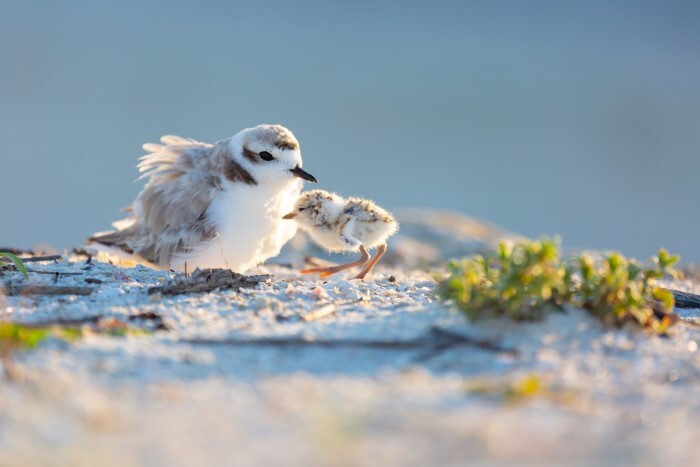Summer is fast approaching, Did you secure a spot at our Summer Camp yet?
All Posts
Next Post ››Thanks to sponsors, more than $30,000 up for grabs at the 2023 Florida Python Challenge®
 May 25, 2023 Photos available Suggested Tweet: This holiday weekend, be a hero for beach-nesting birds with #shorebird-friendly tips from @MyFWC: https://content.govdelivery.com/accounts/FLFFWCC/bulletins/35c7e41 #Florida #conservation  Share the beach with shorebirds this holiday weekend With residents and visitors alike flocking to our coastlines this Memorial Day weekend, the Florida Fish and Wildlife Conservation Commission (FWC) reminds beachgoers how they can help protect vulnerable beach-nesting birds while enjoying Florida’s coastal habitats. Each spring and summer, shorebirds and seabirds rely on Florida’s sandy beaches for critical nesting habitat. Anyone headed to our shorelines this weekend can make a big difference in shorebird and seabird nesting success. Want to help our beach-nesting birds this Memorial Day weekend? Follow these simple shorebird-friendly tips: Do the flock walk. Give birds plenty of space by walking around flocks of birds, keeping at least 300 feet from nesting birds when possible and staying out of posted areas. Getting too close to nesting shorebirds, seabirds and wading birds can cause them to flush from their breeding sites, leaving vulnerable eggs and chicks exposed to the elements and predators. Egg temperatures can increase to lethal levels after just a few minutes of direct sun exposure. Shorebirds and seabirds nest in shallow scrapes in the sand and their eggs and chicks are well-camouflaged, making them vulnerable to being stepped on unless people look out for them and walk around flocks of birds. Look for Critical Wildlife Area closures. Be on the lookout for signs designating Critical Wildlife Areas on the beach or coastal islands – these areas are closed to public access to protect high concentrations of wading birds and shorebirds while they nest and raise their chicks. Boaters and beachgoers can help nesting birds by keeping distance and noise volumes low near CWAs. Keep pets at home. Even well-behaved dogs frighten shorebirds and can cause them to abandon their eggs and chicks. If you bring your dog with you to the shore, go to a beach where they’re allowed and follow all leash laws. Properly stash all trash. Trash and food scraps attract predators, such as raccoons and crows, that prey on shorebird eggs and chicks. Litter on beaches and in the water can entangle birds, turtles and other wildlife. Beachgoers can help beach-nesting birds and other native wildlife by properly disposing of all trash, filling in human- made holes in the sand, and removing all personal gear from the beach before sunset. Fishing line can be deadly to waterbirds, sea turtles and other wildlife, so be sure to dispose of it properly. To find a mono- filament recycling station near you, visit mrrp.myfwc.com. For more information about beach-nesting birds in Florida, go to MyFWC.com/Shorebirds and download the “Share the Beach with Beach- Nesting Birds” brochure. Or go to the Florida Shorebird Alliance website at FLShorebirdAlliance.org to learn more about how to participate in shorebird and seabird conservation efforts.   QUESTIONS? Contact the FWC STAY CONNECTED: Florida Fish & Wildlife Conservation Commission · 620 S. Meridian Street · Tallahassee, FL 32399-1600 · (850) 488-4676  |